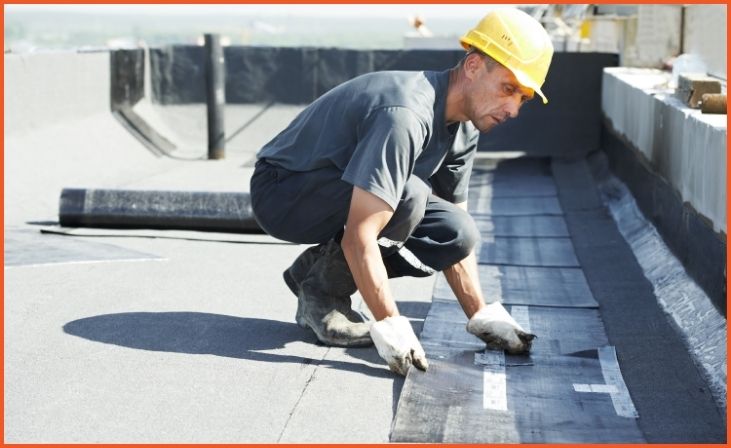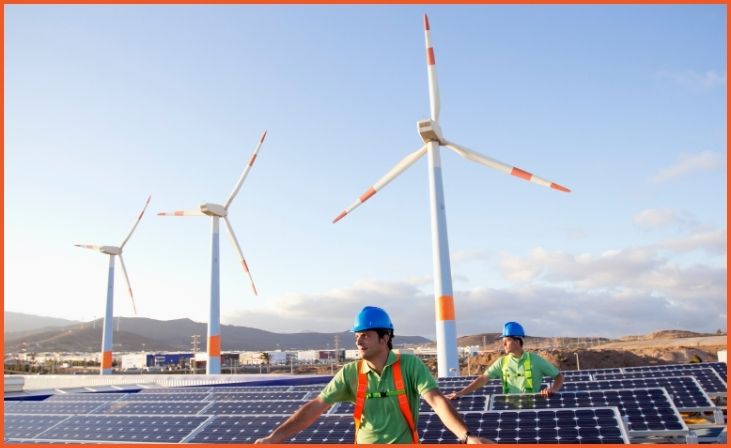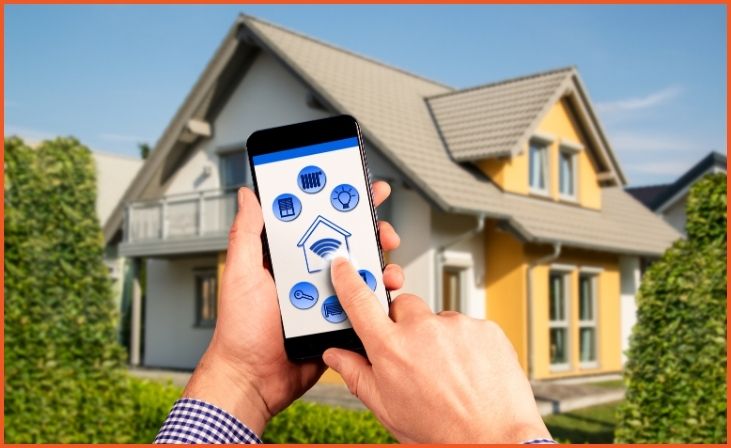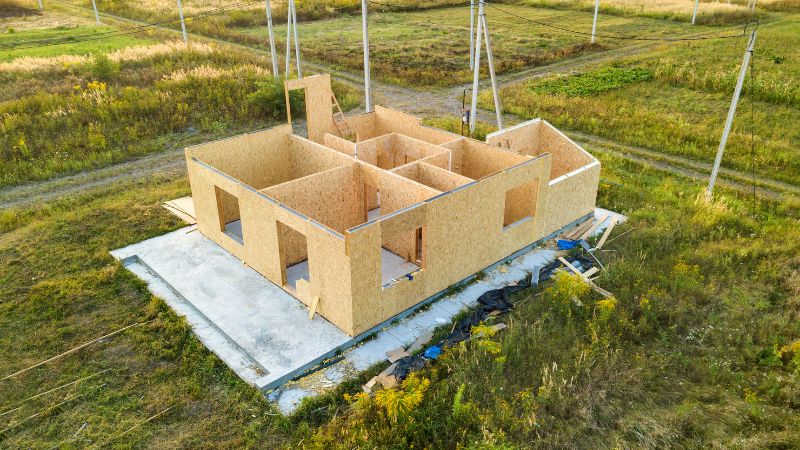Creating energy-efficient buildings is a pivotal aspect of modern construction, focusing on reducing energy consumption and minimizing environmental impact. Employing advanced construction techniques not only helps in lowering utility costs but also promotes sustainable living. From innovative insulation methods to the integration of renewable energy sources, these strategies are revolutionizing the way we design and construct buildings. In this article, we will explore seven cutting-edge construction techniques that significantly enhance energy efficiency in buildings. Whether you’re a homeowner, builder, or architect, understanding and implementing these methods can lead to substantial energy savings and a greener future.
7 Construction Techniques For Energy Efficient Buildings
1. Superior Insulation Techniques

Proper insulation is fundamental to energy efficiency in buildings. Advanced insulation techniques ensure minimal heat loss during winter and prevent heat gain in summer, thus reducing the need for excessive heating and cooling. Materials like spray foam, rigid foam boards, and blown-in cellulose provide superior thermal resistance compared to traditional fiberglass batts.
Spray foam insulation, for instance, expands to fill gaps and cracks, creating an airtight seal that prevents drafts and moisture intrusion. Furthermore, rigid foam boards can be used on walls, roofs, and foundations, offering high insulating values and structural support. Implementing these advanced insulation methods can significantly reduce energy consumption, leading to lower utility bills and a more comfortable indoor environment.
2. High-Performance Windows and Glazing
Windows are a critical component of energy-efficient buildings. High-performance windows with advanced glazing technologies can dramatically improve a building’s energy efficiency. Low-emissivity (Low-E) coatings on glass reflect infrared heat while allowing visible light to pass through, keeping interiors warm in winter and cool in summer. Double or triple-glazed windows with gas fills like argon or krypton provide excellent insulation by reducing heat transfer.
Additionally, frames made from materials such as vinyl, fiberglass, or composite offer better thermal resistance compared to traditional aluminum frames. Proper installation and sealing of windows further enhance their performance, preventing air leaks and enhancing energy efficiency. By choosing high-performance windows and glazing, buildings can achieve significant energy savings and improve overall comfort.
Read Also: Major Challenges Facing The Construction Industry Today
3. Advanced HVAC Systems
Heating, ventilation, and air conditioning (HVAC) systems play a vital role in a building’s energy efficiency. Modern HVAC systems are designed to optimize energy use while maintaining indoor comfort. High-efficiency furnaces, boilers, and air conditioners use less energy to produce the same amount of heating or cooling as their conventional counterparts. Heat pumps, both air-source and ground-source, are particularly effective in energy-efficient buildings, as they transfer heat rather than generating it, using less energy.
Additionally, smart thermostats and zoning systems allow for precise control over temperature settings in different areas of a building, ensuring energy is not wasted on unoccupied spaces. Regular maintenance and proper sizing of HVAC equipment also contribute to their efficiency and longevity, making advanced HVAC systems a cornerstone of energy-efficient building design.
4. Renewable Energy Integration

Integrating renewable energy sources into building design is a powerful way to enhance energy efficiency and reduce reliance on fossil fuels. Solar panels are the most common renewable energy technology used in buildings, converting sunlight into electricity. Photovoltaic systems can be installed on rooftops or integrated into building facades, generating clean energy and reducing electricity bills. Wind turbines, although less common in urban settings, can also be used to harness wind energy, particularly in rural or coastal areas.
Geothermal heating and cooling systems leverage the stable temperatures underground to provide efficient climate control. Additionally, incorporating passive solar design principles, such as south-facing windows and thermal mass, can maximize natural heating and lighting, further reducing energy consumption. By embracing renewable energy technologies, buildings can achieve higher energy efficiency and contribute to a more sustainable future.
5. Sustainable Building Materials
Choosing sustainable building materials is essential for constructing energy-efficient buildings. Materials with low embodied energy, such as recycled steel, reclaimed wood, and natural fibers, reduce the environmental impact of construction. Insulating concrete forms (ICFs) and structural insulated panels (SIPs) are examples of innovative building materials that provide excellent thermal performance and structural integrity.
These materials minimize heat transfer, reducing the need for additional insulation and enhancing overall energy efficiency. Additionally, using locally sourced materials reduces transportation energy, further lowering the building’s carbon footprint. Implementing sustainable building materials not only improves energy efficiency but also promotes resource conservation and supports the green building movement.
6. Energy-Efficient Lighting Solutions
Lighting is a significant energy consumer in buildings, making energy-efficient lighting solutions a key aspect of sustainable design. Light-emitting diode (LED) technology has revolutionized the lighting industry, offering substantial energy savings compared to traditional incandescent and fluorescent bulbs. LEDs consume less power, have longer lifespans, and provide better light quality, making them ideal for both residential and commercial applications.
Incorporating natural daylighting strategies, such as skylights, light shelves, and reflective surfaces, can reduce the need for artificial lighting during the day. Additionally, smart lighting systems with sensors and controls adjust lighting levels based on occupancy and daylight availability, further optimizing energy use. By adopting energy-efficient lighting solutions, buildings can significantly lower their energy consumption and create more pleasant and productive environments.
7. Smart Building Technologies

Smart building technologies integrate various systems and devices to optimize energy use and improve overall building performance. Building automation systems (BAS) monitor and control HVAC, lighting, security, and other systems, ensuring they operate efficiently and respond to changing conditions. Internet of Things (IoT) devices, such as smart thermostats, sensors, and meters, provide real-time data on energy consumption and environmental conditions, enabling precise control and adjustments.
Advanced systems for managing energy look at this information to find waste and offer ways to make things better. By leveraging smart building technologies, buildings can achieve higher energy efficiency, lower operational costs, and enhanced occupant comfort. The integration of these technologies represents the future of sustainable building design, where intelligent systems work together to create energy-efficient and responsive environments.
Read Also: Most Common Construction Site Problems
Conclusion
Incorporating energy-efficient construction techniques is essential for creating sustainable and cost-effective buildings. We can significantly reduce our carbon footprint and energy bills by adopting methods such as superior insulation, advanced glazing, and using renewable energy sources. Embracing these strategies benefits the environment and enhances the overall quality and comfort of our living spaces. As the demand for green buildings continues to rise, staying informed about the latest construction innovations is crucial for both professionals and homeowners alike.
FAQs
What are the benefits of energy-efficient buildings?
Energy-efficient buildings offer reduced utility costs, lower environmental impact, improved indoor comfort, and increased property value.
How can renewable energy be integrated into building construction?
Renewable energy can be integrated through the installation of solar panels, wind turbines, and geothermal heating systems, which help generate clean energy and reduce reliance on non-renewable sources.



